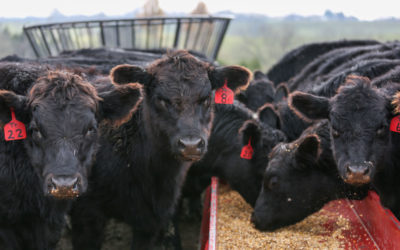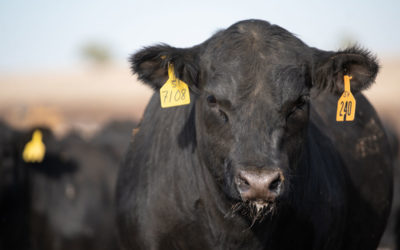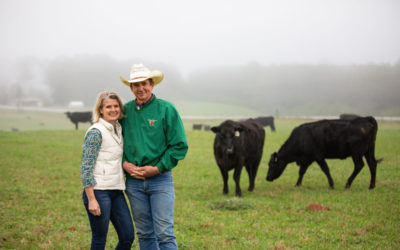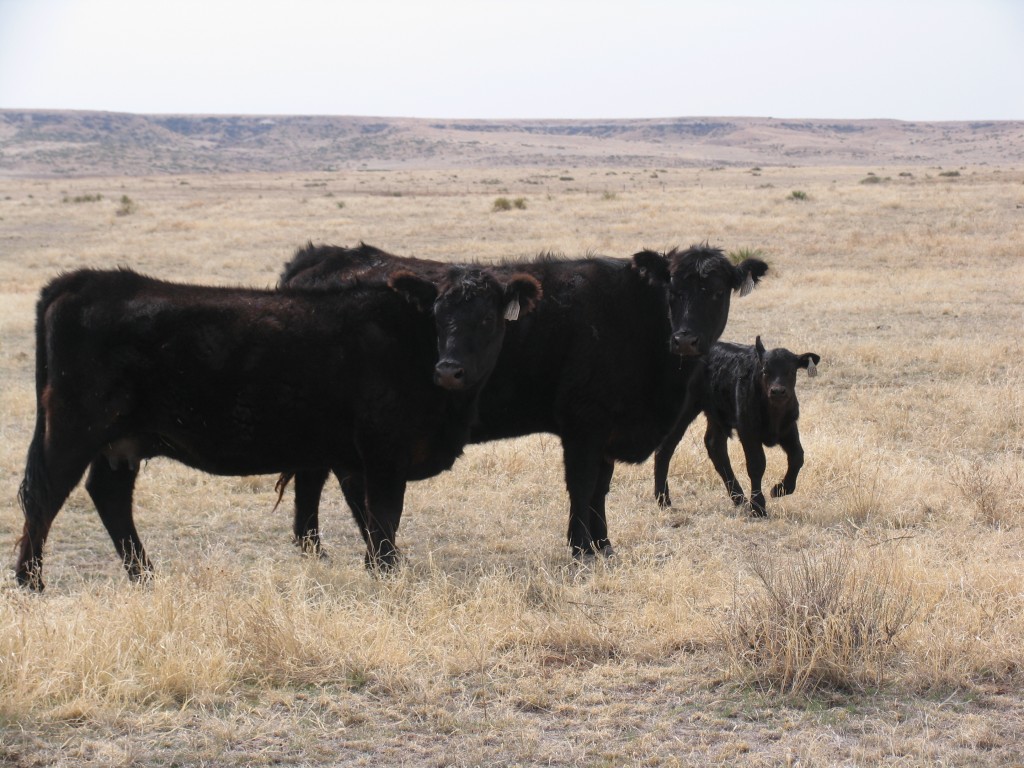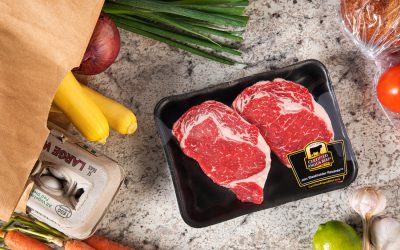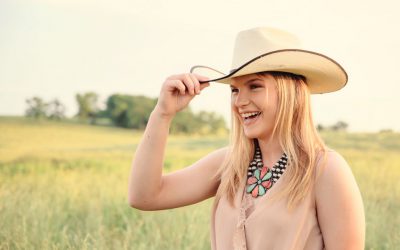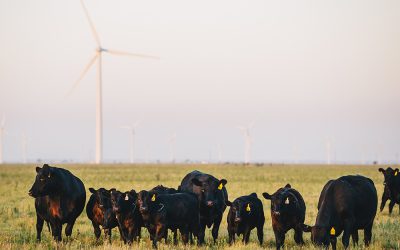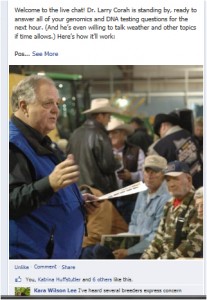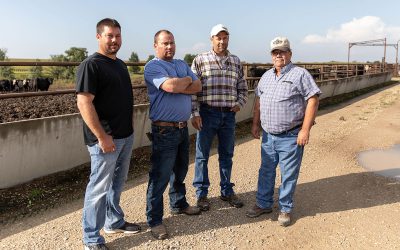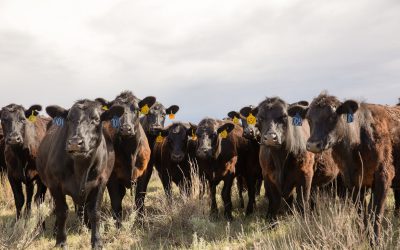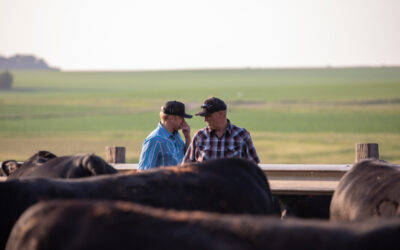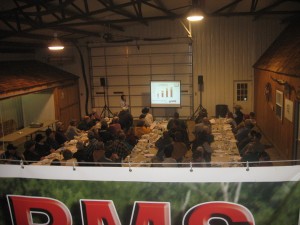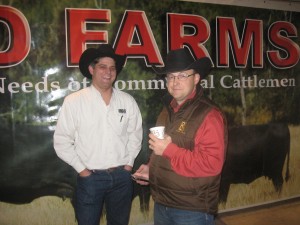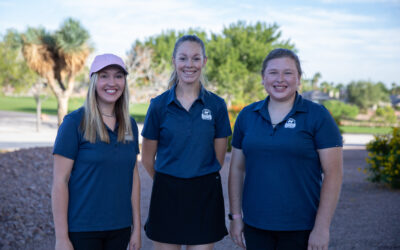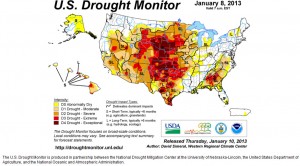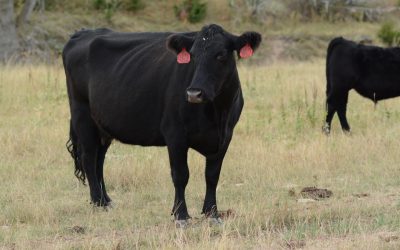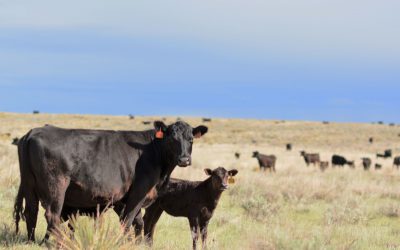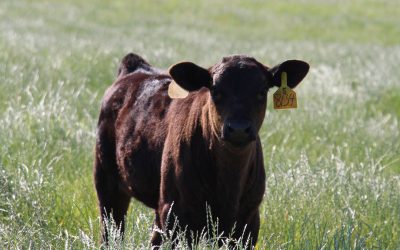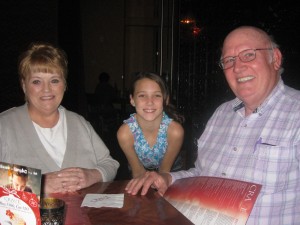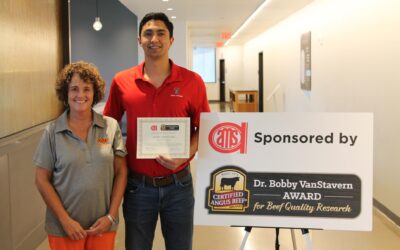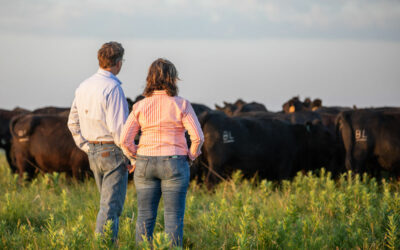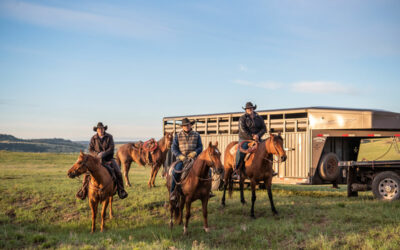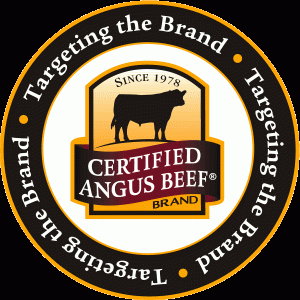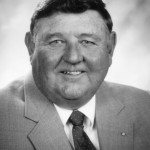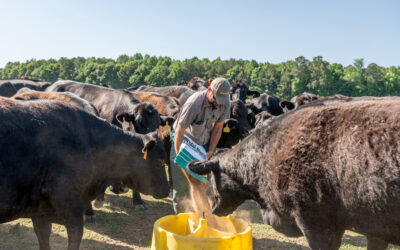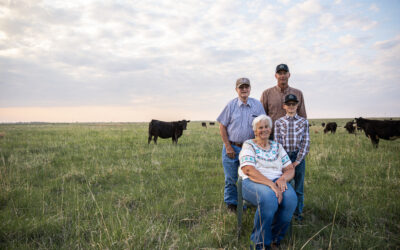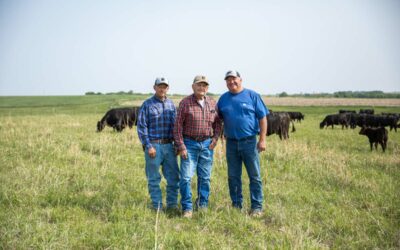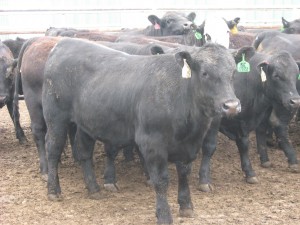
Living the Dream and Using the Tools!
I travel a lot. “Where do you go?” I’m asked.
Well, not exactly like the song “I’ve Been Everywhere,” but I’ve made ranch visits to Florida, Georgia, Alabama, Mississippi, Kentucky, Tennessee, Virginia, Illinois, Iowa, Missouri, Texas, Oklahoma, Pennsylvania, and Minnesota, at least.
Note that I left out Kansas. Well, Kansas is local for me, and while I’ve made lots and lots of visits many miles away, sometimes it’s nice to just go somewhere nearby!
Last week I went “on the road” to a ranch near Onaga, Kan., which is just about 35 miles from the house. Lance Cline, of Cline Cattle Company, had asked me out to look at his Angus cattle and to discuss GeneMax (GMX), CAB’s DNA test for marbling and post-weaning growth in high-percentage, commercial Angus cattle.
Lance’s goal was to test some of his commercial, fall-born, Angus heifers and use GMX as a marketing tool to help merchandise them. He had scores ranging from the mid 50s to 99, with the majority above 90.
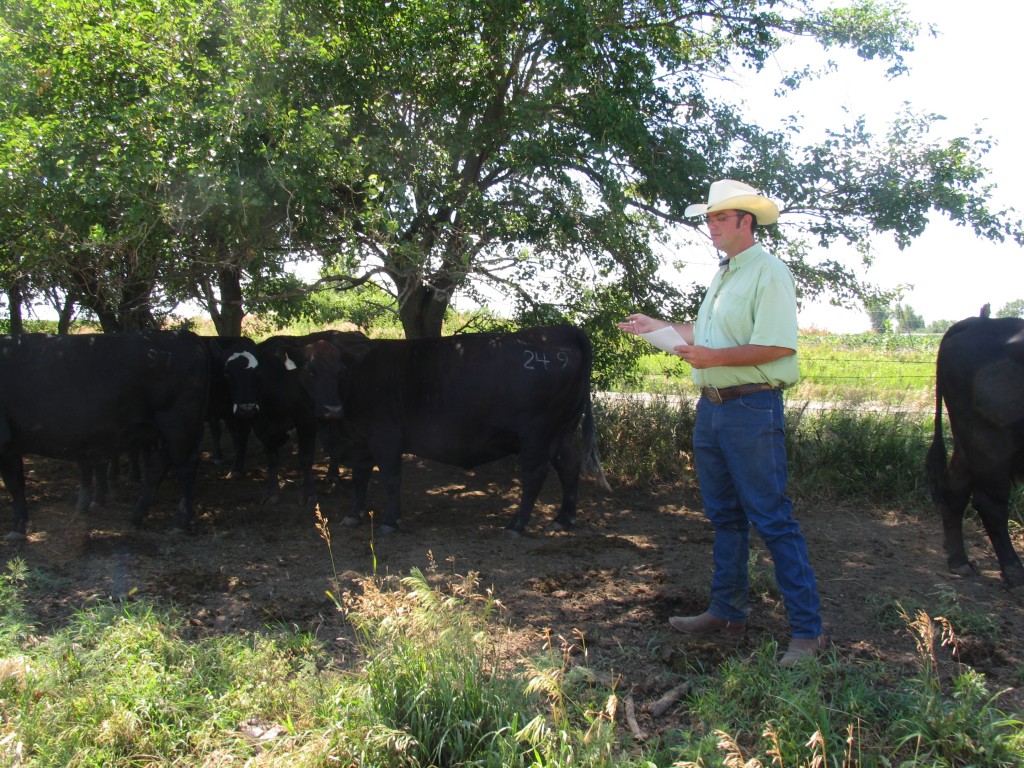
Here’s a young man who has a passion for good cattle. You can see it in the phenotype; deep-sided, broody-looking, females that would make any cowman envious.
You can hear the enthusiasm in his voice as he describes the cattle to me; the bulls they are using and the different A.I. sires they’ve incorporated. The cow families. The way he visits with me about maternal function and cow longevity.
What I found exciting was that Lance was embracing the NEWEST technologies! I love to see people utilizing GMX to learn more about the cattle they are raising. The cattle were impressive, his GMX scores were impressive, and I thoroughly enjoyed our discussion and the ranch visit. This guy is really “living the dream” in my mind!
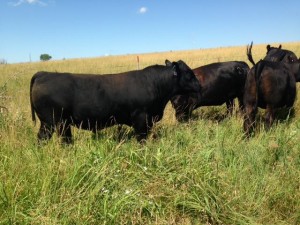
Not long ago, I was visiting with a large seedstock producer about one of his best bull customers; a man who had been using EPDs in his commercial Angus herd and feeding all of his calves to slaughter.
“You know, he’s not doing anything other than using the tools that are provided,” he said.
“He grabbed ahold of GeneMax; he religiously uses EPDs to select sires; he feeds his cattle out and collects carcass data and he’s very successful with his operation. Everybody else has access to those tools. Why don’t they all use them?”
Good question, and I’m not sure I know the answer. The thing I do know is, with the world changing as quickly as it does, it might behoove producers to be on the forefront of these technologies and use the tools that are available to advance the beef industry.
Lance: thanks for sharing your time and expertise with me! Continue to “live the dream!”
Till next time, “adios,” and see you on down the road! Next trip: Missouri!
~Gary
You may also like
New calf marketing routes
For the 70% or more of beef calves born last spring, more than the usual share veered from traditional roads to the feedyard come fall. Backgrounding those calves opened gates to several new revenue paths, though not without risk.
Matchmaking the yard
Choosing a feedyard is a bit like selecting a life partner. Feedyards offer different marketing opportunities and strategies. A manager should be able to look at a customer’s pen and know, “I have a good market for those cattle. I can handle it.”
Find what works, stick to it
He’s a sixth generation farmer and grew up on a cattle farm and apple orchard. She’s a past chemistry teacher but now works full-time on the farm with her husband. Together, they closely manage their bottom line.

